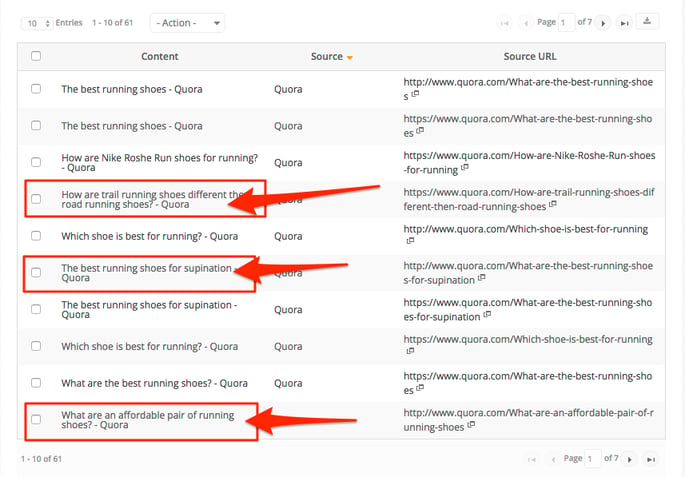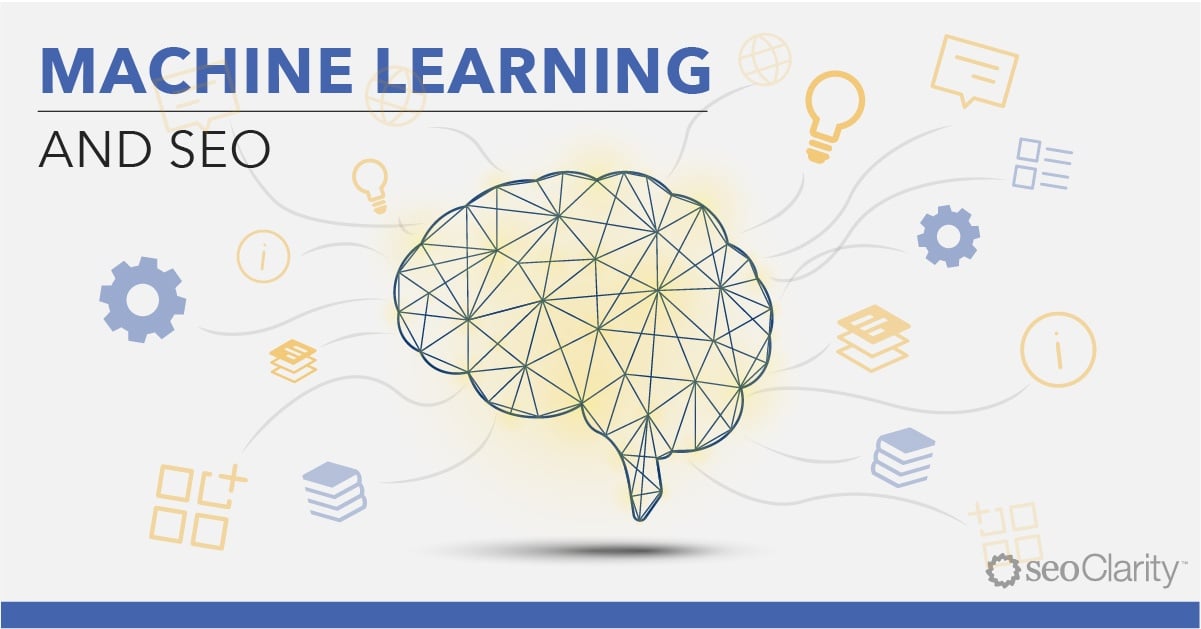Ask any PPC manager about their most successful strategy to attract highly targeted traffic, and I’m sure most will concur - It’s identifying the right keyword intent behind the search. After all, only by understanding why a person looks for the information, paid search marketers can optimize, and deliver successful campaigns.
But what about us, SEOs? Doesn’t the same rule apply to our work?
It actually does. And in this post, I want to show you how to leverage keyword intent to optimize your website to convert users at every stage of the buying cycle.
High Keyword Intent vs. Low Intent
Before we go any further, let’s take a step back and review the concept of high and low keyword intent.
High keyword intent describes phrases that searchers use at the final stages of the buying cycle. These keywords typically have some transactional intent - to buy a product or learn more about a service.
These phrases might not have a large search volume (and for that matter, SEOs often ignore them, focusing on large traffic opportunities instead).
However, transactional keywords attract visitors who are ready to take action right now.
(And so, when you think about it, they present a more attractive business opportunity, in spite of the low traffic).
The alternative is low intent keywords - phrases searchers use to find information or answers. But not to buy.
Here, let me illustrate the difference between the two categories really quickly.
| High Intent Keywords | Low Intent Keywords |
| Intent: to perform a buying or related activity | Intent: to acquire or find particular information |
| Examples:
“Buy Lenovo laptop” “Best plumber near me” “Adidas running shoes free shipping” |
Examples:
“Lenovo laptop reviews” “Fixing leaking tap tips” “How to start running” |
Both types of keywords should have their place in your SEO strategy. And the key is to use them according to the person’s intent for searching them.
The good news is that it’s not that difficult to do. And here are a couple of ideas that could help you get started.
Optimize the Blog and Other Top of the Funnel Content for the Low Intent Keywords
Fact: Blog posts and other early stage content types rarely convert at the same rate as other website assets. But there is a good reason for that - most of the time, they attract visitors with low transactional intent. These people are more interested in acquiring specific knowledge, rather than considering buying products or services.
And you can use their intent to your advantage.
1.First, create amazing content that’s relevant to questions your audience asks during their research for information.
(I already wrote a complete guide to making your content more relevant to the audience’s needs. If you’ve missed it, you can check it out here.)
In a nutshell, you need to discover what questions your potential customers seek answered.
One way is to use tools like seoClarity’s Content Ideas. Based on a crawl of over 1 billion pages a day, the Content Ideas tool uses NLP (natural language processing) to help you identify the context behind the information people are searching for.
Here’s an example of questions relating to running shoes people have asked on Quora.

Of course, not all of those suggestions would make a good Top of the Funnel content. But take a look at the three I marked. They all present an incredible opportunity to create in-depth content that would:
- Answer the person’s question
- Provide them with the additional information that could move them through the buyer's journey in the future.
2. Second, ensure that they move on further down the sales process.
And in the case of the Top of the Funnel content, the simplest way to do it is by offering content upgrades or other small lead magnets that provide additional information a person seeking those answers would like to know. And for the B2C, creating content that solves problems to your customer's challenges and integrated your product as the solution to move them into the consideration stage is another. Using the same example, a person wondering about the difference between trail and road running shoes might want to download a complete checklist to help them assess which ones would be best for them.
Launch Dedicated Landing Pages to Target High Intent Non-Transactional Keywords
Tell me, what’s the first web asset that comes to mind when you think about online sales?
A product page.
That’s where typically the sale begins. A person discovers a specific product they’ve been looking for on Google, clicks on it, and providing that your copy has built enough trust with them, they add it to the cart. But the product pages shouldn't be the only properties we focus to optimize for high intent keywords?
For one, the reach is limited for product pages. And often, they target only the transactional keyword intent. However, there is a large group of high-intent keywords that although do not attract a person ready to buy right away, present a huge opportunity to acquire potential leads, and future customers.
For example, a person typing “buy Nike running shoes” most likely has a transactional intent in mind. They want to purchase a pair of the said shoes.
On the other hand, you could assume that someone who is searching for “Nike running shoe types,” probably seeks information that would guide their purchasing decision. They may not be ready to purchase right now. But given the intent behind the keyword, they aren’t that far from that stage of the buying cycle either.
| Transactional Keyword | Consideration, High Intent Keyword |
| “Buy Nike running shoes” | “Types of Nike running shoes”
“Which Nike running shoes are best for beginners” |
Your product page would rank for the transactional keyword. But you could also create a dedicated landing page to target the consideration stage, high intent counterpart to increase your visibility for people interested in the product.
Use Transactional Keywords on Bottom of the Funnel Pages
Here’s one of the most overlooked on-page opportunities:
Optimizing the bottom of the funnel pages (i.e. service pages, contact page, etc.) for transactional keywords. Often, marketers forget about the power of a contact page, for example, to attract high quality and highly-relevant visitors. They leave it optimized for phrases like “Contact,” “Get in Touch,” or the business name.
And yet, optimizing it for transactional keywords relating to your business category could yield amazing results in search. For example, you could target keywords such as “Hire [Your business category],” “[Business category] for hire,” or “[Business category] Free Quote” to attract buyers at the final stages of the buying cycle.
Here’s how one freelancer uses this strategy to position his contact page for “hire copywriter” phrase.
 Final Thoughts
Final Thoughts
You can attract visitors to your site in many different ways. Yet, nothing beats understanding why a person looks for the information in the first place, and then, optimizing your content to match topics and keywords they’d use in the process.
In other words, by leveraging the keyword intent you can convert users at every stage of the buying cycle.






Comments
Currently, there are no comments. Be the first to post one!